Innovation & Sustainability
Sustainable packaging has been a top priority for brand owners for more than a decade, and since 2021, we have seen relevant and effective solutions that can fuel consumer desire for environmental protection and brand sustainability.
Increased consumer awareness continues to drive the mission of sustainable packaging at the brand end. About 74% of consumers say they are willing to pay extra for products with sustainable packaging. Recyclable packaging seems to be most important to consumers because recycling is a contribution they can make. However, in many areas, the recycling business is struggling. This may force brands to adopt other sustainable packaging options.
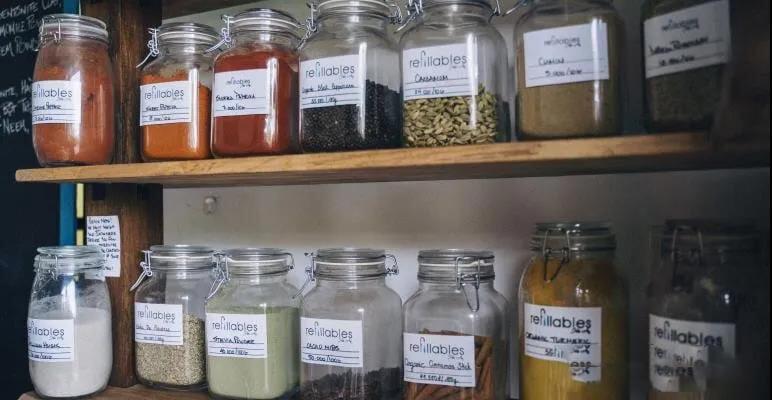
We are now gradually seeing industrial and branded applications for reusable, refillable, recyclable packaging, bio-based alternatives to plastic packaging, etc. Here are 7 global sustainable packaging trends we will see in 2021.
1.Refillable packaging
The use of refillable containers supports zero waste programs. It works on a simple principle: stores offer bulk products, and customers bring in empty refillable containers and fill them with products (see above). Personal care and cosmetic products can often be packaged in refillable packaging for sustainable solutions. Sustainability is particularly important to the CPG industry as the FMCG (Consumer Packaged Goods) industry is one that relies heavily on disposable packaging. The use of refillable containers has reduced transportation and manufacturing costs, but the success of the system depends on a variety of factors. These may include public acceptance, additional costs incurred by the supply chain, and the availability of a large number of containers.
Hermès, for example, expects this trend to further affect large cosmetic manufacturers and start-ups, especially when the fashion luxury giant enters the sector.

2.Recyclable/reusable packaging
Recyclable/reusable packaging is not a new concept in the business-to-business market. Manufacturers have long reused crates, drums, pallets and bulk containers.
This trend toward recyclability is back, with many organizations using recyclable containers and utensils to reduce their impact on the environment.
CupClub (UK), Globelet (Australia), ReCup (Germany) and CupKita (Indonesia) are industry pioneers. But the trend is not limited to liquid beverages: Fresh Bowl (USA) uses glass containers for fresh salads.
Another example is industrial products, where Oshkosh Corp. is a large wholesaler that goes with the flow and uses recyclable packaging, and where recyclable packaging management software can also be used to manage assets through the supply chain.
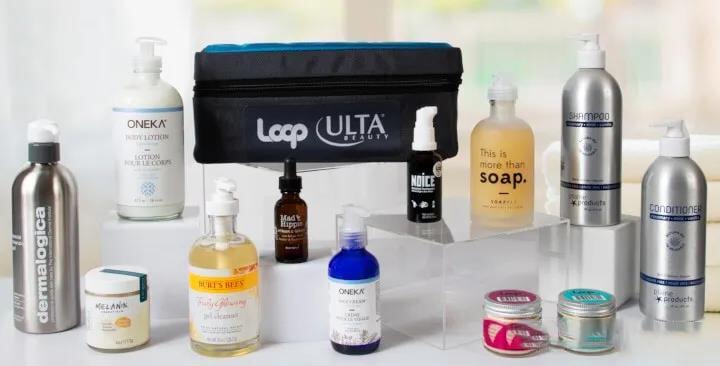
In 2021, the concept of reusable packaging will also be embraced by the business-to-consumer market.
Major organizations such as Nestlé, P&G, PepsiCo and Unilever are adapting to this trend by supporting the Loop circular economy shopping platform launched by Tom Szaky, founder and CEO of TerraCycle.
Loop is growing at a healthy rate, and it is initially available in three cities, offering 300 products.
3.Antibacterial packaging
Antibacterial packaging is a new example of promoting sustainability by helping to reduce product waste. However, the development of such packages is usually expensive and may require significant design changes. And some domestic companies also do antimicrobial agent development and anti-mold and anti-bacterial packaging.
Hayriye Unal, an industry expert from Sabanci University in Turkey, has come up with the innovative idea of using clay to make an antibacterial film. This film for packaging will reduce microbial and ripening activity on food products, keeping them fresher for longer.
4.edible film (edible packaging)
Edible packaging is finally available for commercial use. Different natural products can be made into edible packaging, but the most effective ingredient is chitosan, a polysaccharide with natural antibacterial activity in sufficient amounts.
The advantage of chitosan packaging is that it is edible and protects food from a variety of mechanisms. It acts as a physical barrier, preventing direct contact between microorganisms and food. It also inhibits the respiratory activity of bacteria by blocking the supply of oxygen in the package.
Edible film can be used for fruit and vegetable packaging. However, food scientists believe that by the end of 2021, restaurants will adopt this product for take-out packaging.
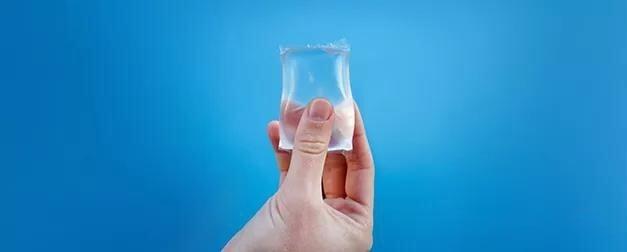
5.Bioplastic packaging
Bioplastics are made from biodegradable, renewable resources such as starch, protein and polylactic acid (PLA). The number of available products and suppliers has exploded in recent years, and today bioplastics are being used in commercial markets around the world.
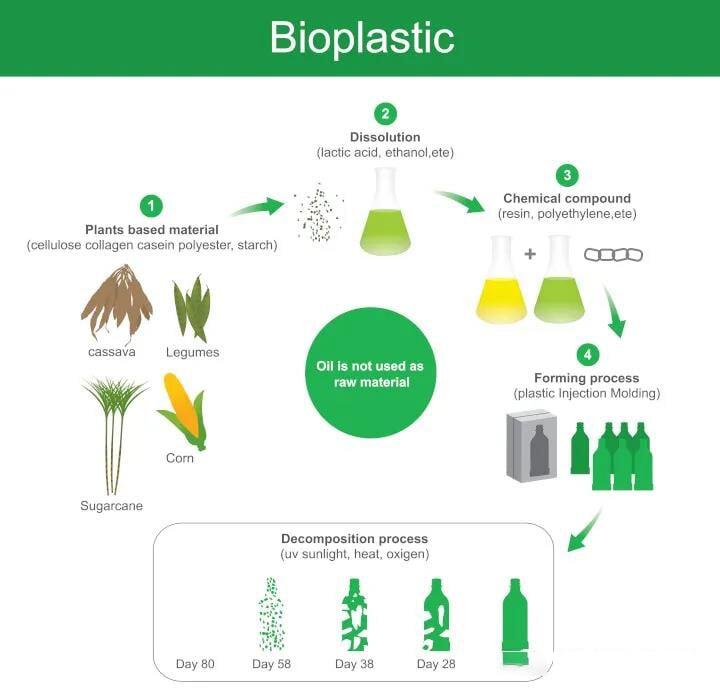
Of all the plastics used in packaging, polyethylene terephthalate (PET) has the highest recycling rate. It is usually produced from raw materials, but it can replace certain petroleum-based components with bio-based alternatives. According to the European Bioplastics Association, bio-based PET is a relevant, economical and effective form of plastic packaging. It has an elastic texture and strong fibers, making it suitable for replacing other packaging materials for containers, rigid bottles and films. Klaus Hartwig, head of Nestlé's research center, has described in detail the company's 100% recycled plastic bottles for mineral water packaging.
Materials used for bioplastic packaging may not compete with food sources and their raw materials may be waste or industrial by-products, such as rice hulls and wood chips.
6.Post-consumer recycled resin (recycled plastic)
Post-consumer recycled (PCR) resin is a recycled plastic used to make packaging such as water bottles, sheets, films and other containers.
PCR is now in high demand, as many companies have set targets for PCR content in their packaging. This includes electronics, retail, pharmaceutical and medical packaging are all beginning to look at this solution.
Stephanie Baker, CEO of KW Plastics, the world's largest recycler, said, "We buy recyclable plastics from surrounding areas and manufacture recycled packaging materials. 90 percent of our raw materials come from bottles used in kitchens and bathrooms. In addition to bottles, we also produce caps, tubs, tubes and other disposable items."
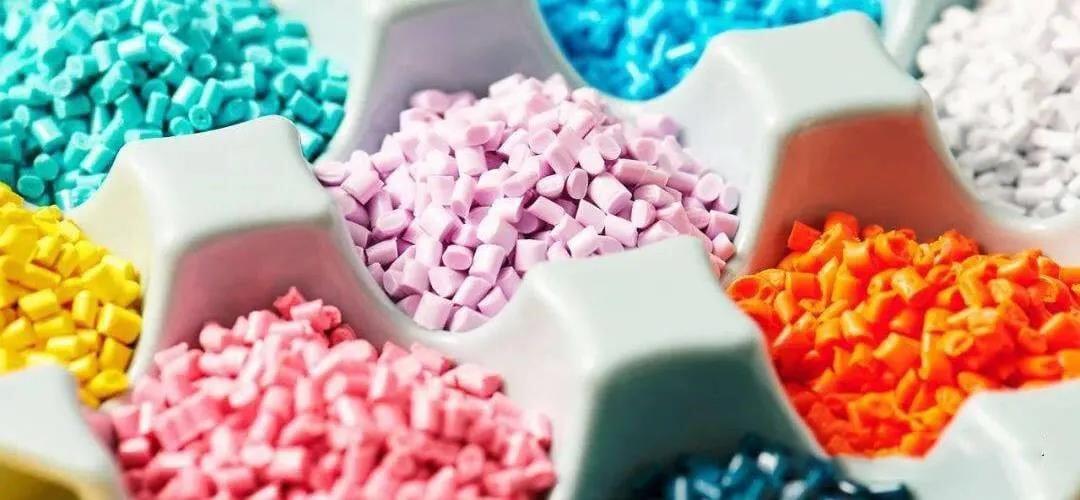
7.Bulk dispenser refill
While similar to retailers' bulk purchases of consumers in refillable containers, bulk dispenser refills are another packaging trend in the wholesaler-to-retailer market. This trend is rapidly expanding in the United States, Canada, Europe, Indonesia, Brazil and South Africa. Wholesalers are asking retailers to bring their containers and fill them.
A limited number of wholesalers and a limited number of products are adopting this concept. However, retailers like Asda and Waitrose are offering consumers many products - mainly dry foods such as cereals, pasta and nuts - through bulk dispensers that need to be replenished on their own. This trend is rapidly expanding, with general stores and small grocery chains also adopting it to contribute to environmental sustainability.
Chilean consumer brand Algramo sells bulk products at an affordable cost in low-income areas to increase its usage in the region.

